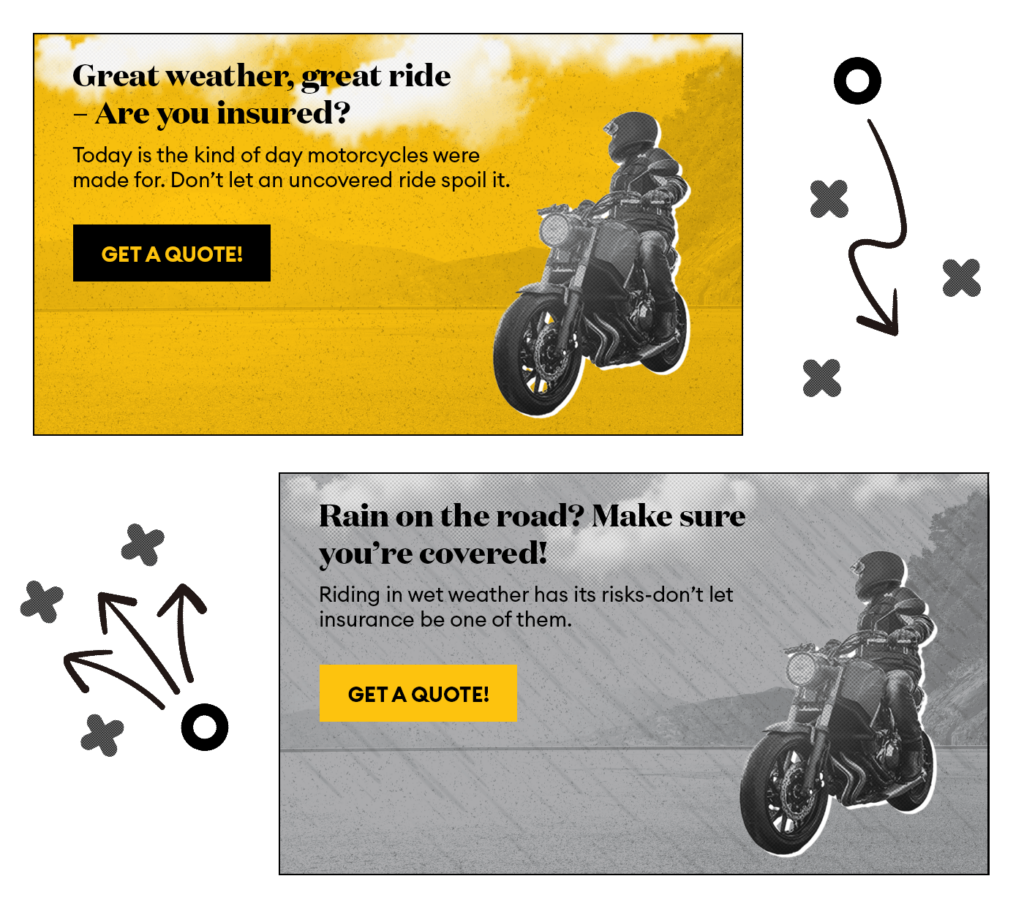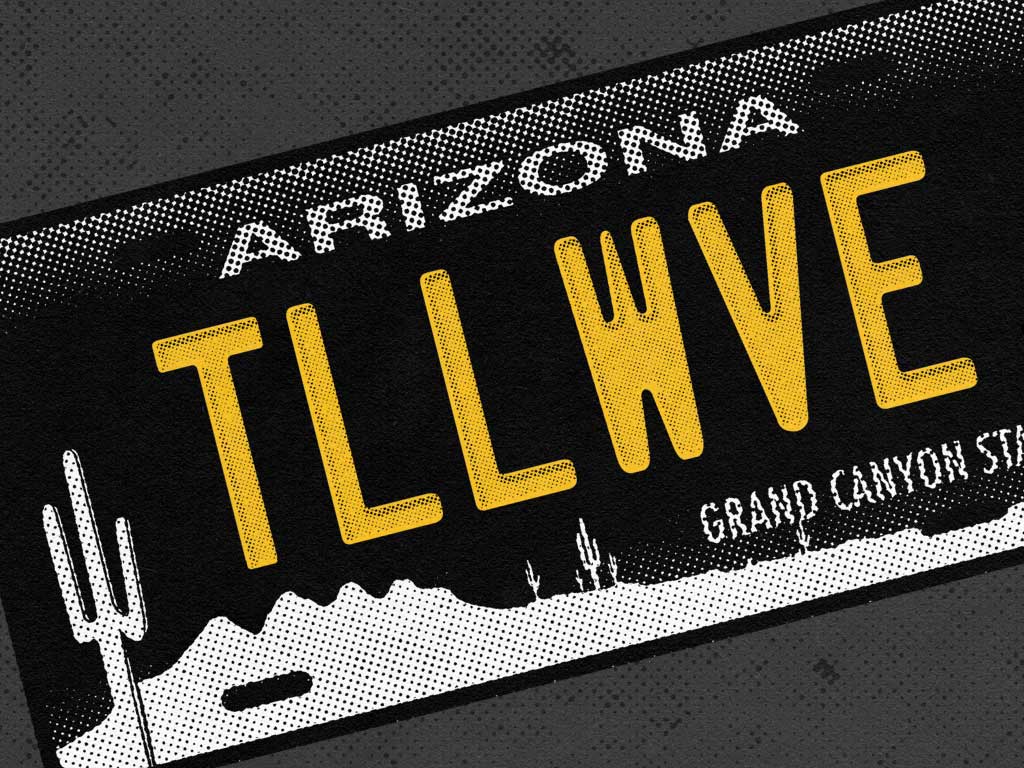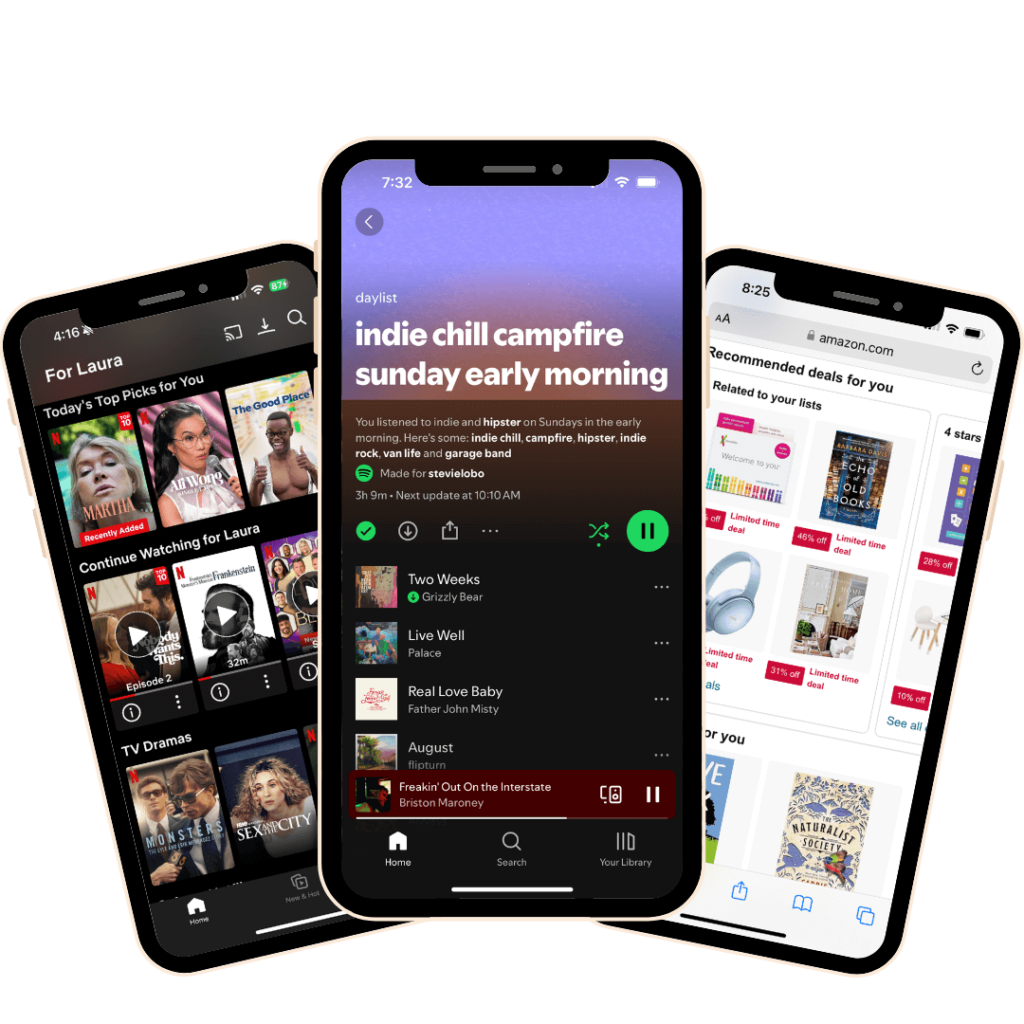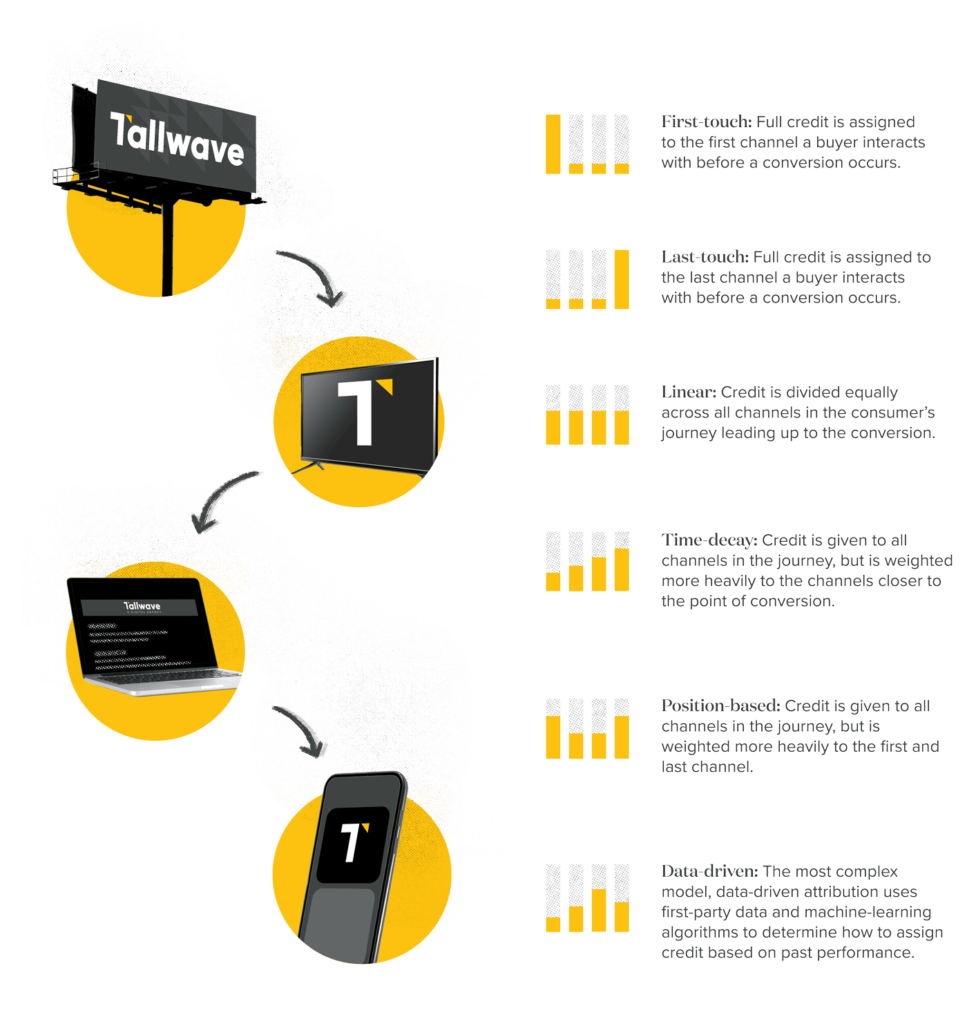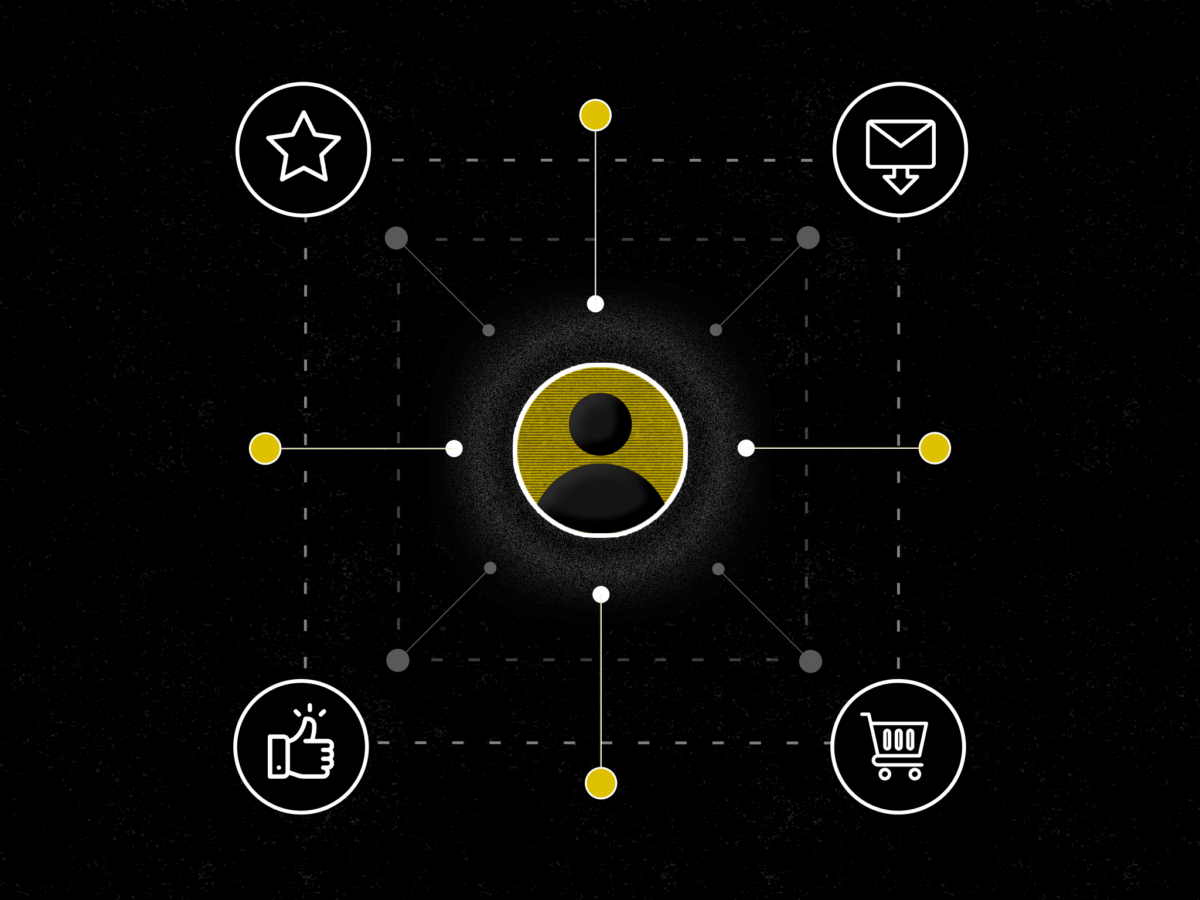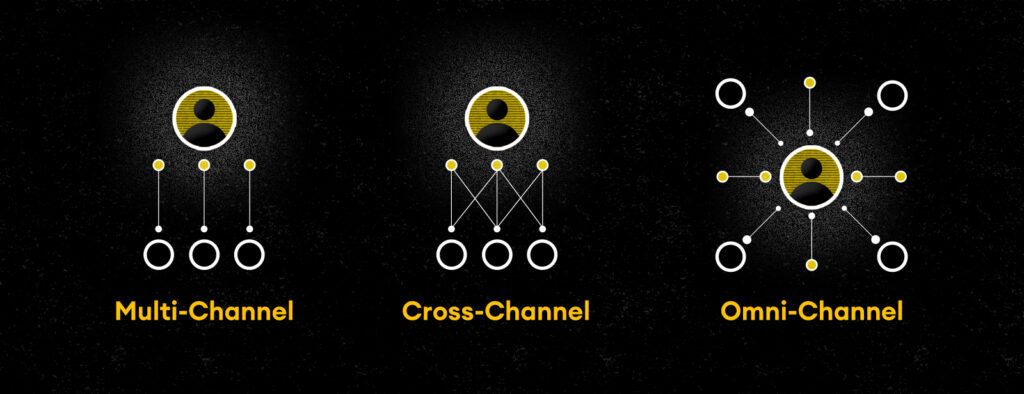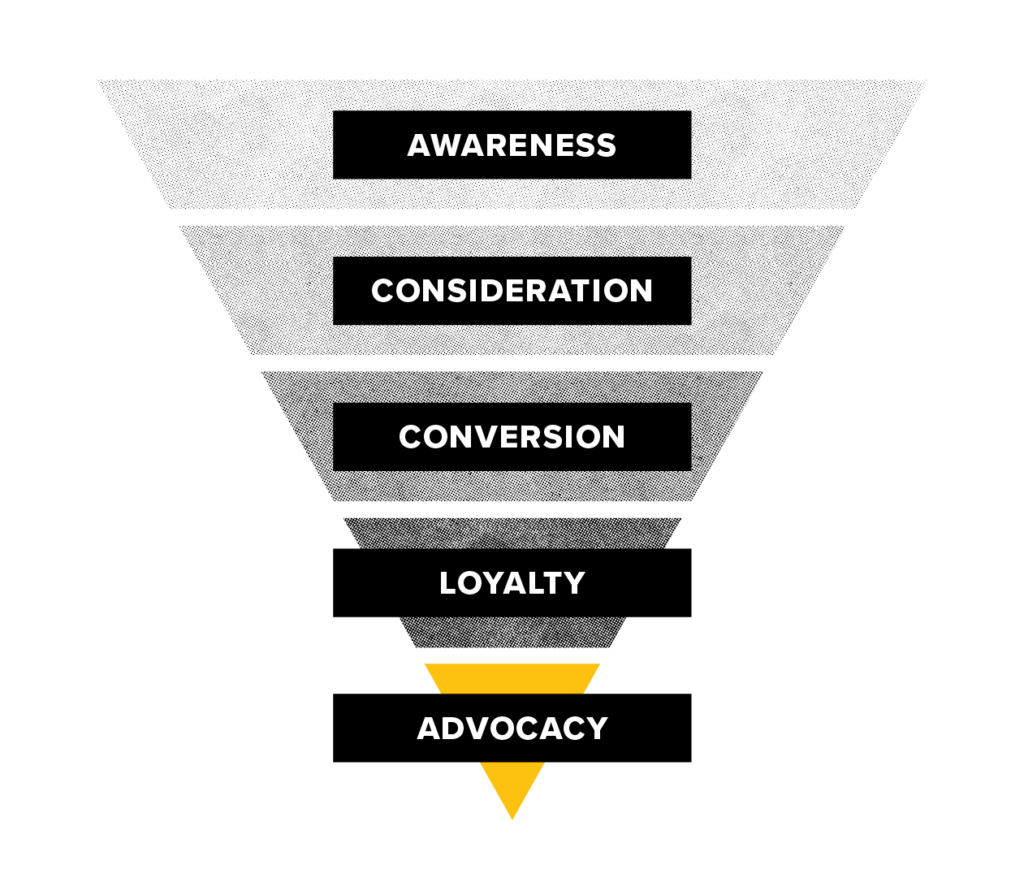In the world of digital marketing, making data-driven decisions is key to optimizing performance and improving user experiences. A/B testing is one of the most effective methods for understanding what resonates with your audience, helping businesses refine their strategies and increase conversions. This blog post will explore what A/B testing is, how it compares to similar testing methodologies, why it’s important, and best practices for running successful experiments. Whether you’re testing landing pages, ad creatives, or email subject lines, this guide will equip you with the knowledge to run effective A/B tests and drive meaningful results.
What is A/B testing?
A/B testing is an experimentation method that compares two versions of a digital asset—such as a landing page, advertisement, or email—to determine which one performs better. In an A/B test, traffic is randomly split between version A (the control) and version B (the variant), with performance metrics such as clicks, conversions, or engagement being measured.
A/B testing is widely used across various mediums, including:
- Websites and landing pages: Testing headlines, layouts, and CTAs to improve conversion rates
- Email marketing: Optimizing subject lines, copy, and send times to increase open and click-through rates
- Paid advertising: Experimenting with different ad creatives, headlines, and bidding strategies to maximize ROI
- E-commerce and pricing strategies: Adjusting pricing models, discount strategies, and product descriptions to drive sales
How A/B testing differs from A/A testing, A/B split testing, and t-tests
While A/B testing is a widely recognized methodology, it’s often confused with similar testing approaches. Here’s how it differs:
- A/A testing: This method compares two identical versions of a webpage or asset to ensure the testing tool is working correctly and that no external factors (such as random chance) influence the results.
- A/B split testing: A/B split testing involves testing completely different variations of a digital asset rather than just changing one element at a time. This approach is useful for radical design or messaging changes.
- T-tests: T-tests are a statistical tool used to determine whether the observed differences between two groups are significant or due to random chance. A null hypothesis is either rejected or accepted, signaling whether or not there are statistically significant differences.
Why A/B testing is important
A/B testing is essential for businesses looking to refine their marketing strategies and optimize user experiences. Here’s why it matters:
- Data-driven decision making: Eliminates guesswork and allows marketers to base decisions on data-backed user behavior
- Increased conversions: Helps identify which variations lead to more sign-ups, purchases, or other key actions
- Enhanced user experience: Testing different elements ensures that content is engaging and user-friendly
- Cost efficiency: Optimizing existing assets can yield better results without additional ad spend or resource investment
But first: A strong analytics foundation
Before conducting A/B testing, it’s essential to have a strong measurement and analytics foundation in place to ensure accurate, actionable insights. Without reliable tracking, you risk basing decisions on incomplete or misleading data, which can lead to ineffective optimizations. A robust analytics setup helps define clear success metrics, segment audiences appropriately, and detect external factors that may influence results. Additionally, proper data collection ensures statistical significance, reducing the chances of making decisions based on random fluctuations rather than meaningful patterns. By establishing a solid measurement framework, you can maximize the impact of A/B testing and drive continuous improvements with confidence.
How A/B testing works
Conducting an A/B test involves several key steps:
- Set clear goals: Define what you’re testing and what success looks like. For example, an e-commerce company may set a goal to increase purchase rates.
- Develop a hypothesis: Identify what change you believe will impact performance and why. In our example, the hypothesis might be: “A green “buy now” button (currently blue) will stand out more and encourage more users to complete a purchase.”
- Create variants: Design an alternative version (B) while keeping all other variables constant. In this case, version A (the control) has a blue button while version B (variant) has a green button.
- Split traffic randomly: Use an A/B testing tool, like AB Tasty or VWO, to randomly assign users to either version A or B. Our tool will show half the visitors to the product page with a blue button, while the other half will see the green button.
- Measure performance: Track metrics like engagement, conversions, or revenue to determine which version performs better. We might track the percentage of users who click the button and proceed to checkout.
- Analyze and implement results: Validate the statistical significance and apply insights to future tests. If the green button significantly outperforms the blue button, we will implement this change permanently and move on to testing other elements.
Common testing elements
A/B testing can be applied to various aspects of digital marketing, including:
- Copy and messaging: Testing headlines, email subject lines, or ad copy
- Calls-to-action (CTAs): Experimenting with different button colors, placements, or wording
- Page design and layout: Adjusting the structure, navigation, or design elements
- Images and visuals: Comparing different product images, videos, or graphics
- Pricing and offers: Testing discount strategies, free shipping options, or subscription models
Best Practices for A/B Testing
To maximize the effectiveness of A/B testing, follow these best practices:
- Test one variable at a time: Isolating a single change ensures clear insights into what drives performance
- Ensure a large enough sample size: Running tests with too few users can lead to unreliable results
- Run tests for an adequate duration: Ending a test too early may lead to misleading conclusions
- Use statistical significance: Ensure that results are not due to random chance before making decisions
- Avoid bias and external influences: Factors like seasonality, device type, or audience segmentation can impact results
- Continuously iterate and optimize: A/B testing should be an ongoing process, not a one-time effort
Test, iterate, succeed
A/B testing is a fundamental practice for marketers and businesses looking to optimize digital experiences and maximize performance. By understanding the methodology, differentiating it from similar tests, and following best practices, you can make data-driven decisions that drive measurable results. Whether you’re improving website conversions, refining ad campaigns, or optimizing email marketing, A/B testing provides valuable insights that lead to continuous improvement. Ready to start testing? Let’s talk!




